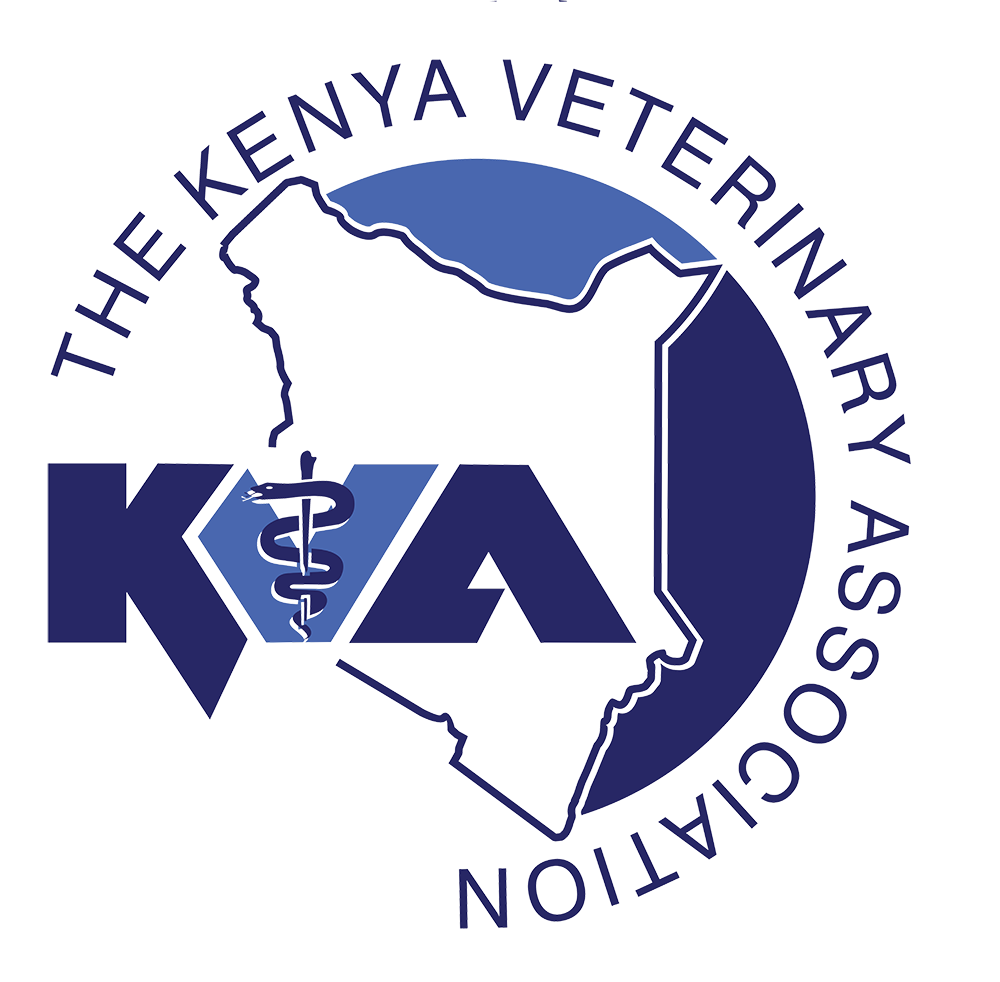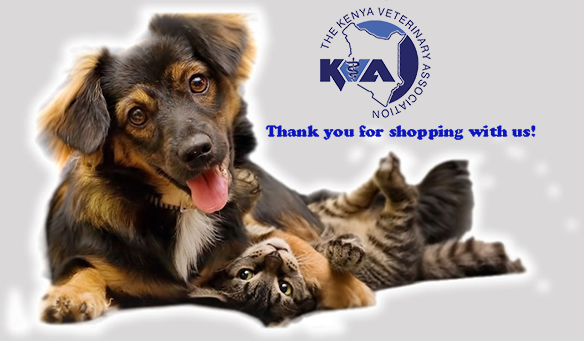Questions and Answers on the 2019 Coronavirus Disease (COVID-19)
Questions and Answers on the 2019 Coronavirus Disease (COVID-19)
What causes COVID-19?
Coronaviruses (CoV) are a family of RNA (ribonucleic acid) viruses. They are called coronaviruses because the virus particle exhibits a characteristic ‘corona’ (crown) of spike proteins around its lipid envelope. CoV infections are common in animals and humans. Some strains of CoV are zoonotic, meaning they can be transmitted between animals and humans, but many strains are not zoonotic.
In humans, CoV can cause illness ranging from the common cold to more severe diseases such as Middle East Respiratory Syndrome (caused by MERS-CoV), and Severe Acute Respiratory Syndrome (caused by SARS-CoV). Detailed investigations have demonstrated that SARS-CoV was transmitted from civets to humans, and MERS-CoV from dromedary camels to humans.
In December 2019, human cases of pneumonia of unknown origin were reported in Wuhan City, Hubei Province of China (People’s Rep. of). A new CoV was identified as the causative agent by Chinese Authorities. Since then, human cases, most of them with travel history to Wuhan or Hubei region, have been reported by several provinces in China (People’s Rep. of) and by a number of other countries. For up to date information please consult the WHO website.
The CoV which causes COVID-19 has been designated as SARS-CoV-2 by the International Committee on Taxonomy of Viruses (ICTV); this is the scientific name. The virus may also be referred to as “the COVID-19 virus” or “the virus responsible for COVID-19”. COVID19 refers to the disease caused by the virus.
Are animals responsible for COVID-19 in people?
The predominant route of transmission of COVID-19 appears to be from human to human.
Current evidence suggests that the COVID-19 virus has an animal source. Ongoing investigations are important for identifying the animal source (including species involved) and establishing the potential role of an animal reservoir in this disease. Yet, to date, there is not enough scientific evidence to identify that source or to explain the route of transmission from an animal source to humans.
Genetic sequence data reveals that the COVID-19 virus is a close relative of other CoV found circulating in Rhinolophus bat (Horseshoe Bat) populations. There is the possibility that transmission to humans involved an intermediate host.
Priorities for research to investigate the animal source were discussed by the OIE informal advisory group on COVID-19 and were presented at the WHO Global Research and Innovation Forum (11-12 February 2020) by the President of the OIE Wildlife Working Group. The outcomes from the discussion of the OIE informal advisory group on COVID-19 can be found at the link.
Are there any precautions to take with live animals or animal products?
Although there is uncertainty about the origin of the COVID-19 virus, in accordance with advice offered by the WHO, as a general precaution, when visiting live animal markets, wet markets or animal product markets, general hygiene measures should be applied. These include regular hand washing with soap and potable water after touching animals and animal products, as well as avoiding touching eyes, nose or mouth, and avoiding contact with sick animals or spoiled animal products. Any contact with other animals possibly living in the market (e.g., stray cats and dogs, rodents, birds, bats) should be avoided. Precaution should be taken to avoid contact with animal waste or fluids on the soil or surfaces of shops and market facilities.
Standard recommendations issued by WHO to prevent infection spread include regular hand washing, covering mouth and nose with the elbow when coughing and sneezing and avoiding close contact with anyone showing symptoms of respiratory illness such as coughing and sneezing. As per general good food safety practices, raw meat, milk or animal organs should be handled with care, to avoid potential cross-contamination with uncooked foods. Meat from healthy livestock that is cooked thoroughly remains safe to eat. Further recommendations from WHO can be consulted here.
Based on currently available information, trade restrictions are not recommended.
What do we know about COVID-19 virus and companion animals?
The current spread of COVID-19 is a result of human to human transmission. To date, there is no evidence that companion animals can spread the disease. Therefore, there is no justification in taking measures against companion animals which may compromise their welfare.
The Veterinary Services of the Hong Kong Special Administrative Region of the People’s Republic of China reported to OIE evidence that a dog had tested positive to the COVID-19 virus following close exposure to its owners who were sick with COVID-19 – see Immediate Notification (01/03/2020) and Follow-up report no.1 (09/03/2020). The test, conducted by real time PCR, showed the presence of genetic material from the COVID-19 virus. The dog was not showing any clinical signs of the disease.
There is no evidence that dogs play a role in the spread of this human disease or that they become sick. Further studies are needed to understand if and how different animals could be affected by COVID-19 virus. The OIE will continue to provide updates as new information becomes available.
There is no evidence to support restrictions to movement or trade of companion animals.
What precautionary measures should be taken by owners when companion or other animals have close contact with humans sick or suspected with COVID-19?
There have not been any reports of companion or other animals becoming sick with COVID-19 and currently there is no evidence that they play a significant epidemiological role in this human disease. However, because animals and people can sometimes share diseases (known as zoonotic diseases), it is still recommended that people who are sick with COVID-19 limit contact with companion and other animals until more information is known about the virus.
When handling and caring for animals, basic hygiene measures should always be implemented. This includes hand washing before and after being around or handling animals, their food, or supplies, as well as avoiding kissing, licking or sharing food.
When possible, people who are sick or under medical attention for COVID-19 should avoid close contact with their pets and have another member of their household care for their animals. If they must look after their pet, they should maintain good hygiene practices and wear a face mask if possible.
What can National Veterinary Services do with regards to companion animals?
Public Health and Veterinary Services should work together using a One Health approach to share information and conduct a risk assessment when a person with COVID-19 reports being in contact with companion or other animals.
If a decision is made as a result of a risk assessment to test a companion animal which has had close contact with a person/owner infected with COVID-19, it is recommended that RT-PCR be used to test oral, nasal and fecal/rectal samples.
While there is no evidence of a COVID-19 infection spreading from one animal to another, keeping animals that test positive for COVID-19 away from unexposed animals should be considered best practice.
What are the Veterinary Authority’s international responsibilities in this event?
The detection of COVID-19 virus in animals meets the criteria for reporting to the OIE through WAHIS, in accordance with the OIE Terrestrial Animal Health Code as an emerging disease.
Therefore, any detection of the COVID-19 virus in an animal (including information about the species, diagnostic tests, and relevant epidemiological information) should be reported to the OIE.
It is important for Veterinary Authorities to remain informed and maintain close liaison with public health authorities and those responsible for wildlife, to ensure coherent and appropriate risk communication messages and risk management.
It is important that COVID-19 does not lead to inappropriate measures being taken against domestic or wild animals which might compromise their welfare and health or have a negative impact on biodiversity.
Current situation and more resources
Current situation reports
- For the latest updates from the Government of Kenya, please see Ministry of Health
- Twitter: https://twitter.com/MOH_Kenya
- Facebook: https://www.facebook.com/MinstryofHealthKE
- Website: http://www.health.go.ke/covid-19/
- Report any suspected cases to the Kenya Ministry of Health hotline numbers: 0800721316, 0732353535, 0729471414
- For the latest updates from the WHO, please see https://www.who.int/emergencies/diseases/novel-coronavirus-2019
- For the latest updates from the OIE, please see https://www.oie.int/en/scientific-expertise/specific-information-and-recommendations/questions-and-answers-on-2019novel-coronavirus/
Other resources
- What veterinarians need to know from the AVMA, please see https://www.avma.org/resources-tools/animal-health-and-welfare/covid-19
- CDC page on COVID-19 https://wwwnc.cdc.gov/travel/notices/warning/covid-19-china

